Pet Owners And Their Pets
I have had pets all my life from dogs and cats to rabbits, birds, fish and lizards. And a bug. A water beetle I named “Beetle Baily” who lived in a 2 gallon jar that I had to change the water in every couple of days which had some water plants in it. Luckily we had a river on our property so it wasn’t hard work for a 8 year old.
There was a study done in 2006 that was called: People and Their Pets: A Relational Perspective on Interpersonal Complementarity and Attachment in Companion Animal Owners.
According to an old joke, dogs and cats can be understood by the basic mani- festation of their world views: Regarding guardians (owners) a dog thinks:“This person’s great. She feeds me, she pets me, and she plays with me. She must be a god”!A cat, on the other hand, thinks: “This person’s great. She feeds me, she pets me, and she plays with me. I must be a god”!The implication in this joke is that dogs and cats have personalities that are distinctive and effective in their relationships with humans. Despite a dearth of scientific theory or evidence to support their beliefs, pet owners—on an intuitive level—frequently categorize themselves as either “cat people” or “dog people.” Those personality characteristics that distinguish these two categories of companion animal attachment, however, remain vague and ill-defined.
In essence, people seek the security of relating to others in a way that helps maintain their own preferred styles of interacting. According to Orford (1994), those who are relatively dominant in their interpersonal orientations would feel most comfortable relating to others who are relatively more submissive in their styles of interacting.



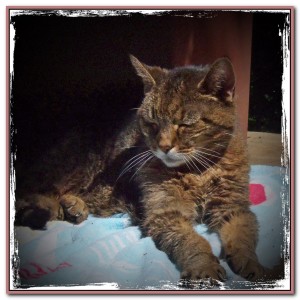 The late Ted Bird, age 22
The late Ted Bird, age 22
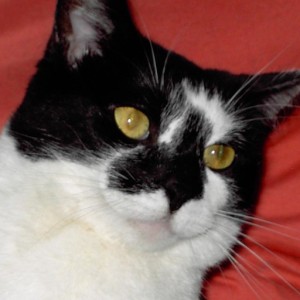 Ambrose Butterbutt, age 16
Ambrose Butterbutt, age 16
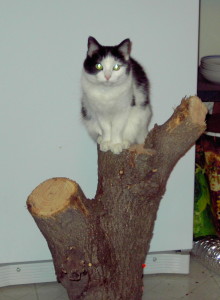 Peanut Butter, age 16
Peanut Butter, age 16
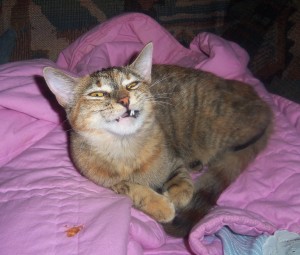 Little Ted Bird, age 6 months
Little Ted Bird, age 6 months
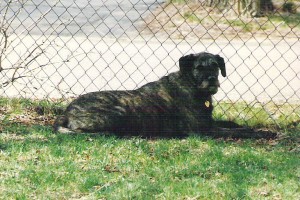 The late Sweetie Pie
The late Sweetie Pie
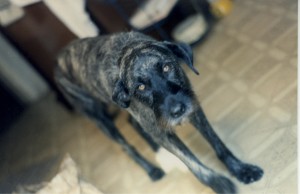 The late Sweetie Pie
The late Sweetie Pie